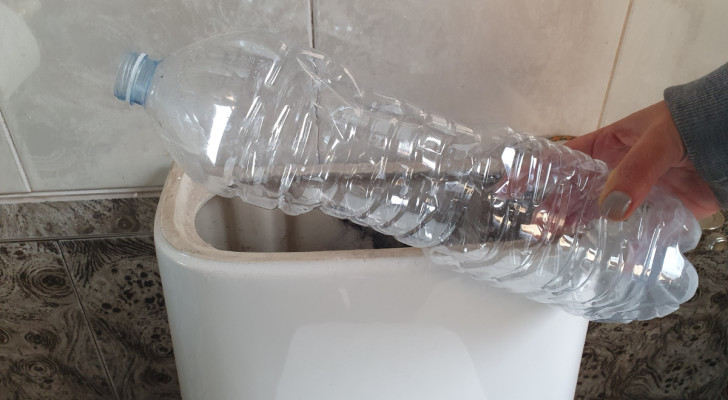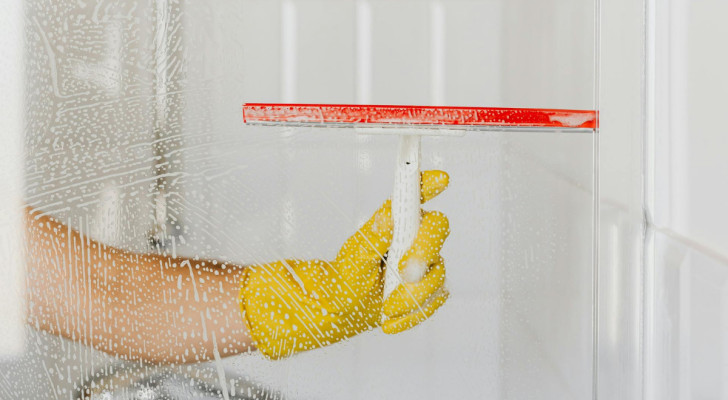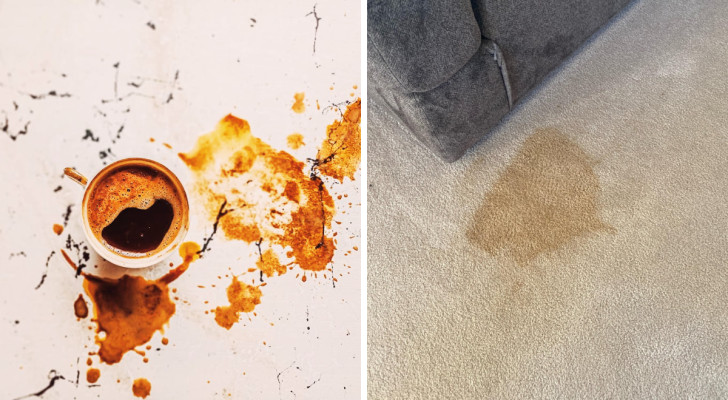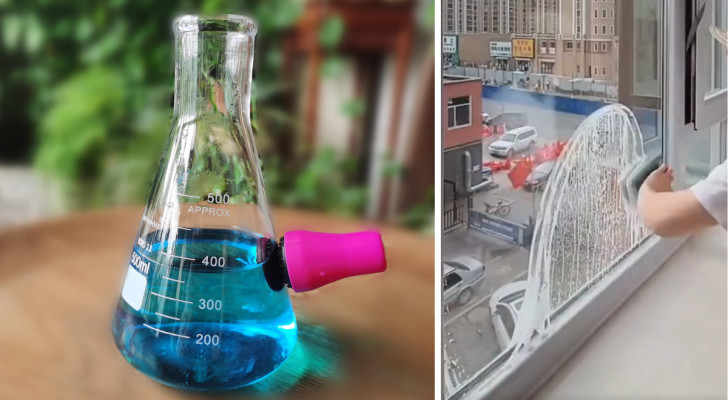Washing machine: all the tips to make it last a long time and to sanitise it better
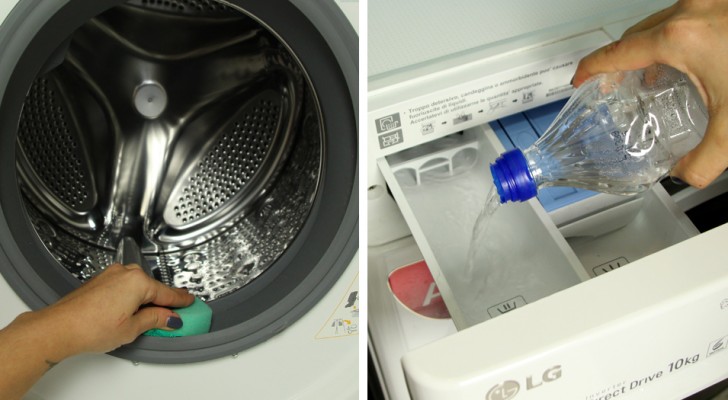
The washing machine is one of the inevitable appliances in our homes, which helps us to keep clothes and household linen clean, but often also accessories and many other items, so as to ensure proper personal hygiene and the environment in which we live.
This means that the washing machine collects all the dirt trapped in the clothes, in the sheets, sometimes even in the shoes or bags that we use every day. For those who have pets at home, then, large quantities of hair are added that end up in the basket and then in the filter.
If you do not take proper care of this appliance, you run the risk of even serious damage, the repair of which requires the intervention of specialists, often with expensive costs.
It is therefore good to take care of proper maintenance of the washing machine, as well as to wash its various parts periodically, so as to avoid mould (which often are the cause of bad smells emanating from the appliance), reduce the possibility of limescale formation and ultimately make sure that the washing machine lives for a long time without having to be repaired or replaced.
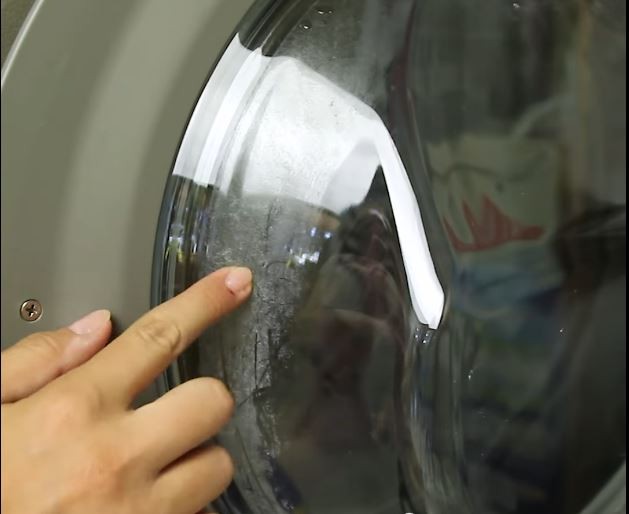
Creativo
General precautions for proper maintenance
Even when there are still no malfunctions of any kind nor do we notice unpleasant odors in the laundry, it is still good to use these appliances with due precautions, so as to avoid further damage in the future.
Already at the time of installation, attention must be paid to the way in which it is positioned: in fact, it is necessary to make sure that it is perfectly level, so that while it is in operation, especially in the centrifuge phases, no structural damage is created.
Also remember to always empty the pockets of your clothes, so that any small objects or those that come apart and fray don't get stuck somewhere. If you have to wash clothes that small objects can separate from, use mesh bags that can hold them.
Thoroughly beat all the blankets and sheets before inserting them. This is especially important for fabrics with animal hair on to prevent them from clogging and clogging the filter. Indeed, in the case of animal hair in particular, adding a sponge in the washing machine drum helps to catch many of those that come off the clothes during washing, especially those of dogs. You can use that for the body, but also those for washing dishes.
Do not use hard water, i.e. water with a high content of limestone which damages the pipes. If the water that reaches the home plumbing system is, use descaling products more often.
Do not overdo the detergent, because it does not mean that you will wash your laundry better, but rather you would end up compromising its success. The detergent accumulates between the fibers of the fabric making it less soft to the touch. But the worst risk is that of generating too much foam, which could clog the drain and even escape from the appliance.
Always load the drum up to 80% of the maximum capacity: in this way you avoid both subjecting the motor to excessive stress during the spin cycle, and having laundry that is not perfectly washed and more wrinkled.
Use only products suitable for washing in the washing machine. Sometimes those designed for hand washing can cause an excess of foam which creates even serious damage.
Leave the door open after washing: to ventilate the internal environment, which is damp after washing, so as to avoid mold even in the door.
Clean the filter and the washing machine: often this is done only when something does not work or you smell bad, but it is good to worry about it for a preventive purpose, and you can also do it with rather simple home methods. such as those indicated below.
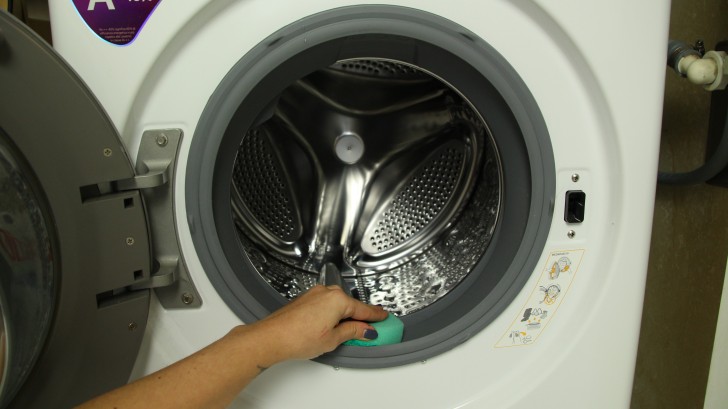
Creativo
Cleaning the filter
All the larger dirt and debris that we do not remove from clothes before putting them in the washing machine, as well as hair or even animal hair, ends up in the washing machine and not infrequently clogs the filter, causing problems ranging from simple bad odors to damage. even serious.
It is therefore necessary to find the point where the filter is housed, extract it and clean it. In top-loading machines you will usually find a door on the back, while for front-loading machines it is usually at the bottom under the door. In any case, before opening the door, prepare some rags or old towels on the ground to collect the water that ends up on the floor. In the most recent washing machines there is a rubber tube that is used to drain the water that is in the filter when it is to be extracted, and in that case a basin or even a glass may suffice.
Once you open the flap you will find a knob to unscrew in an anticlockwise direction, an operation that is a bit complicated only if there are already limescale deposits, but even in that case it is always good to force only with your hands and avoid using pliers. or other tools that could break the knob.
When you have removed the filter, remove the bulk of the dirt that remains attached to it, put it to soak for half an hour in a basin with hot water and a little white vinegar, if you want some bicarbonate, then rinse and dry. Before putting it back into the washing machine, also clean the housing of all residues you find and dry well.
Door seal
The rubber creases in the door seal are the first place in the washing machine where moisture builds up and mould forms. Often, therefore, it is from there that bad smells come from which we then also feel in the laundry. Considering that the mold spores can then transfer right onto the fabrics, and that these come into contact with us, it is important to eliminate it and sanitize the washing machine.
There are various methods to do this. After removing the bulk of the dirt with rubber gloves and a paper handkerchief, you can for example fill a spray bottle with 1 cup of hydrogen peroxide, ¼ cup of lemon juice and then water to the brim, mix well and spray directly between the folds of the gasket. Leave on for ten minutes and then rinse with a cloth soaked in hot water and dry with a clean cloth before closing the washing machine. Generally, however, in these cases it is also good to wash the basket, and you can do it with the same spray, or by starting a washing cycle after inserting a glass of vinegar in the basket itself or in the detergent compartment.
Detergent drawer
If you never clean the tray, in the end you will notice that the residual detergent residues become moldy, and even that is detrimental to hygiene. However, if it is kept in good condition, you can also just wipe it with a clean rag soaked in very hot water.
On the other hand, when there is soap residue to be removed, use a spray bottle filled with hot water, a little vinegar and baking soda, shaking well before use. Spray on the soap and immediately wipe with a soft cloth to collect everything, repeating the operation until you have cleaned everything. For cracks and difficult corners, help yourself with an old toothbrush.
If the tray is in a slightly more serious condition, look for a way to disassemble it and wash it carefully. You can also keep it immersed in a basin with enough hot water and bleach or, alternatively, hydrogen peroxide or even vinegar, bicarbonate and lemon juice.
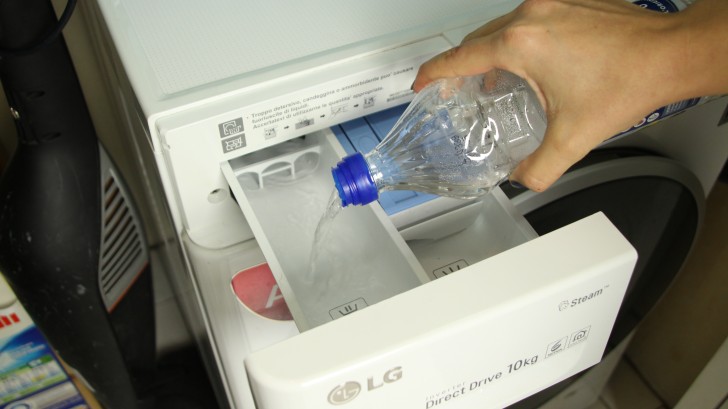
Creativo
For the basket
You can create sprays using different "recipes":
450 ml of water, 120 ml of hydrogen peroxide and 60 ml of lemon juice
450 ml of water, 120 ml of white wine vinegar (preferably distilled) and 60 ml of lemon
100 ml of vinegar and 400 ml of water. This mixture is indicated in less severe cases
100 ml of bleach and 400 ml of water. This instead is a solution to be considered as a last resort, when the others do not work.
In each case you just have to spray the product into the basket, leave it to act for a few minutes then wipe with a wet cloth to rinse and dry immediately, always leaving the door open. These different options can also be used for cleaning the gasket or bowl.
If, on the other hand, you want to take advantage of a washing cycle, choose one at medium-high temperatures to be vacuumed, after having prepared a glass of vinegar with a spoonful of bicarbonate, poured into the basket or into the detergent compartment.
To remove limescale
If, on the other hand, the problem is limescale in the washing machine and you want to try some home remedies, you can groped by mixing together in a small bowl a glass of water, 30 g of coarse salt and 15 grams of baking soda, pouring everything into the detergent compartment and starting an empty cycle.
Alternatively, pour a liter of water into a basin and add 250 grams of citric acid, then empty everything into the drum of the washing machine and start an empty cycle. Another remedy involves pouring a liter of white wine vinegar into the basket and, as always, starting an empty washing cycle.
Often also invites you to use only coarse salt poured into the basket. In reality, however, since the salt we consume in the kitchen contains iron and carbonates that can damage the appliance, it is perhaps better to try using dishwasher salt, which is a specific additive for these appliances - and in fact produced by different brands of products. for household cleaning - which does not increase water hardness and is safer for the washing machine.
A useful precaution, moreover, to prevent the formation of limescale is to add a teaspoon of sodium bicarbonate to the common detergent every now and then.
